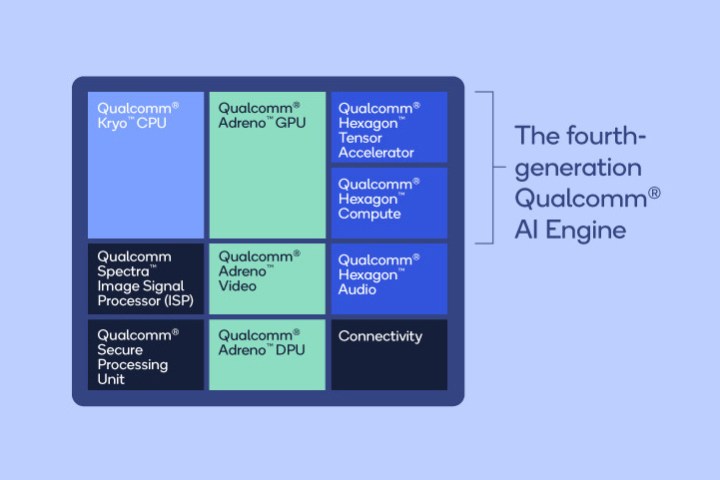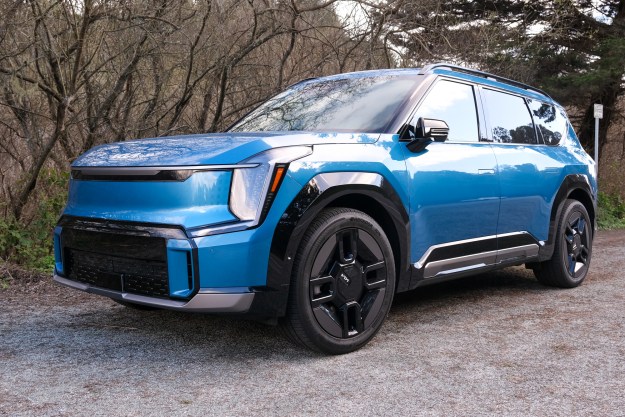
Car cockpits will be getting an artificial intelligence-equipped upgrade, thanks to Qualcomm’s new Snapdragon-based automotive platform which is being shown off at CES. Qualcomm has already gone through two generations of cockpit platforms and the latest iteration will cover aspects of the in-car experience from voice-activated interfaces to traditional navigation systems.
The new cockpit system will be available in three tiers: Performance, Premiere, and Paramount classes, which are aimed at entry-level, mid-tier and high-end systems. And there will be plenty of computing power available, with the Snapdragon 820a platform with a multi-core A.I. engine, image signal processing, and Kryo CPU. The A.I. engine is an interesting feature which optimizes the A.I. capabilities of the primary cores and which should enable a boost in performance as well as better power efficiency. The platform also has the connectivity you would expect with wireless technologies to support multi-mode cellular connectivity, Wi-Fi 6, and enhanced Bluetooth technologies.
More CES 2019 coverage
- Ford wants all of its cars to ‘talk’ and ‘listen’ to each other by 2022
- Bell is building a self-flying air taxi, and it brought a prototype to CES 2019
- The weirdest wearables at CES give a new meaning to ‘think outside the box’
- Taste test: The new Impossible Burger is a triumph of food engineering
The A.I. Engine feature can be used “for driver and passenger personalization, in-car virtual assistance, and natural voice control, language understanding, and adaptive human-machine interfaces”, according to a statement, which opens the door for a new range of functions within the vehicle. And safety is always a concern too, so there is the ability to monitor in-cabin conditions as well as seeing outside of the car with ultra-HD surround view monitoring. Further features of interest include a smarter navigation system with visual aid positioning which can support augmented reality-based navigation systems, sure to be a key feature in future vehicles, and support for multiple displays throughout the vehicle for “ultra-wide panoramic displays, reconfigurable 3D digital instrument clusters, augmented reality head-up display (HUD), and ultra-HD media streaming.”
“Our new Snapdragon Automotive Platforms are designed to deliver a concurrent implementation of next-generation high-resolution digital instrument clusters with industry-leading infotainment technologies supported through artificial intelligence capabilities, leading-edge graphics for high-resolution multiple display configurations, vision enhanced precise positioning for supporting safer and smarter navigation, much more,” Nakul Duggal, Qualcomm senior vice president of product management, said in the statement. “With our 3rd Generation Snapdragon Automotive Cockpit Platforms, we are reiterating our commitment to bring highly differentiated and customizable in-car experiences to our customers.”
Editors' Recommendations
- Qualcomm’s Snapdragon 865 benchmarks push the iPhone 11 Pro and show strong A.I.
- Qualcomm and Niantic to partner on a next-gen augmented reality headset
- At IFA, Qualcomm and BMW unveil the world’s first 5G connected car — almost
- How Verizon and Team Penske used 5G to help win the Indy 500
- Lenovo and Qualcomm show off Project Limitless, the first Snapdragon 8cx PC




